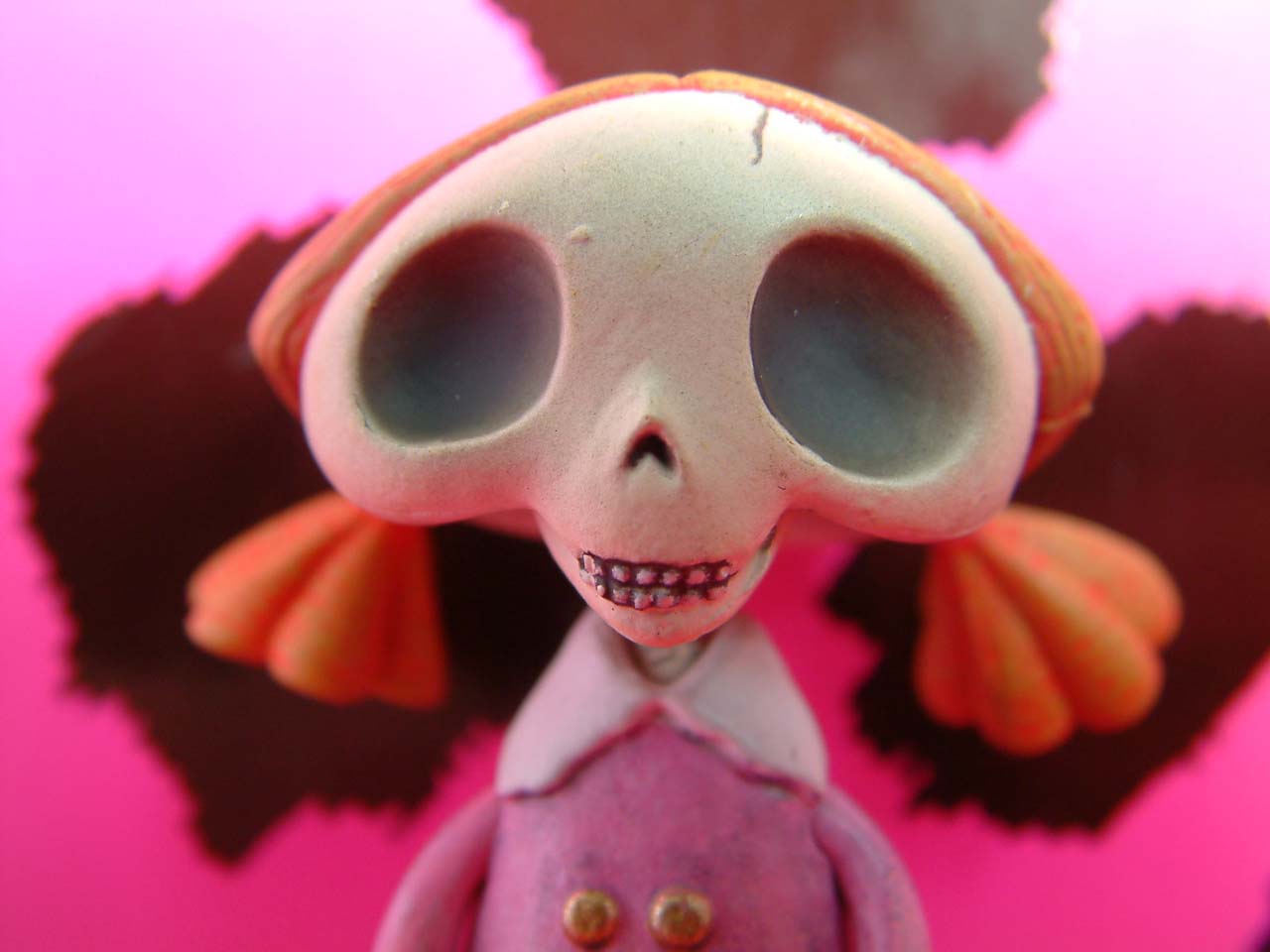
20 Things You’ll Probably Wish You Didn’t Know About Dead Bodies
10. Predators of fly larvae will use the cadaver as a hunting ground.
“Entomologist who works with forensic teams. It’s my job to discern which insects are consuming a decomposing cadaver and how they colonized a body through fastidious examinations of instars and population density to determine the time of death or any postmortem movements of the cadaver. The most predominant insects to devour human remains are diptera or flies which arrive minutes after death: blow flies and flesh flies. House flies will not attempt to colonize the cadaver until later decomposition stages, usually when bloating occurs.
The first stage of decomposition is the fresh stage. The chemicals from cellular breakdown are undetectable to humans, but immediate decay is what attracts insects, enticing them to a new environment to breed. However, no eggs are typically laid during this process. Once bloating is observed, things progress more grotesquely.
The bloating stage is named for the inflation of the abdominal area. It resembles an expanding balloon which is contingent on the amount of anaerobic bacteria present and how much gas is produced. It’s also the stage most adult flies are attracted to the cadaver; eggs are laid and larvae begin to superficially devour flesh. Predators of these larvae are attracted to use the cadaver as a hunting ground.
As you can envision, hundreds of voracious little mouths penetrate the abdomen and instinctively search for more succulent meat. By the decay stage, the decay odors are particularly pungent and if you’ve ever had the misfortune of observing insects consume a body, you’ll require a strong fortitude.
The next stage is post-decay. Bones, remnants of the cadaver’s hair, perforated organs, and BOD. BOD is a viscous substance of decay which subsequently emanates an alluring fragrance for arthropods to intrusively investigate the carcass. They hunt any lingering larvae who remained from the decay stage and haven’t left to pupate.
The last stage is the remains stage. The population of insects begins to diminish as the drying of a carcass isn’t a conducive environment for breeding or hunting. Very little cartridge will remain and the vestiges of skin begin to crack and disintegrate.
I especially derive gratification when I’m exhorted to use my toxicological skills and macerate some of the specimens to deduct whether drugs were present in the corpse at the time of death; cocaine can precipitate the growth of larvae whilst some poisons can impede colonization.
Unfortunately, the deceased person is usually in the extreme stages of decay whenever I’ve had the opportunity. And it’s precisely this reason I’m required as the body is usually devoured to the extent that any toxicological substances cannot be extracted.
This is just a rudimentary summarizing of the processes, it can be quite convoluted and any extraneous factors accelerate or delay decay. Climate is a common culprit for advancing decay. Still, I thought it’d be interesting for people to read.”
11. Your loved one’s ashes will probably also contain a little bit of someone else’s ashes.
“The process to clean out the crematorium retort between cycles is meager at best. It’s swept with a rake and then a rough brush, but it’s a porous brick material. The cremated remains of your loved one are definitely mostly them, but probably no more than 98 or 99%, and there’s definitely carbon matter from other people mixed in.
The revolutionary process that would eliminate that mixing is called alkaline hydrolysis—leaves a clean skeleton without ash.
Undertaking is pretty straightforward and hasn’t changed much in decades so if you want to know what goes on, the info exists. One of the stranger things that always sticks in my mind is that most people don’t realize that 80% of body transportation is in an unmarked Dodge Caravan or Chevy Suburban that you probably think is ferrying kids to soccer when behind in traffic.”











